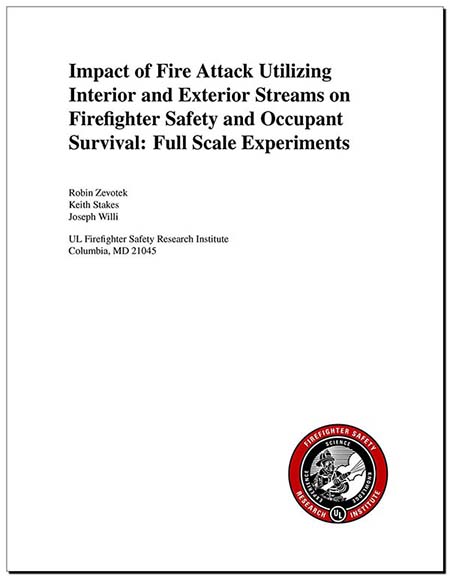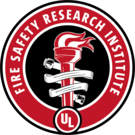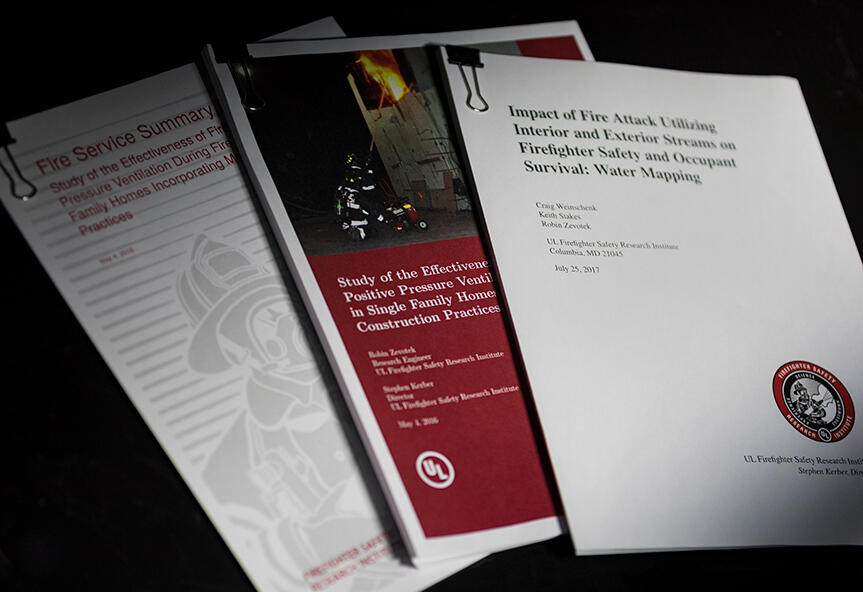UL FSRI is pleased to release the scientific report for Part III of the 2013 DHS FEMA Grant, Impact of Fire Attack Utilizing Interior and Exterior Streams on Occupant Survival: Full Scale Experiments.

“For the first time we’ve specifically implemented and measured conditions during several versions of an interior fire attack. This new data, combined with additional experiments measuring conditions during transitional fire attacks allows us to better understand how our tactics may effect trapped occupants. Implementing the Tactical Considerations we’ve developed with assistance from our technical panel can allow firefighters to be more effective on today’s complex fireground.”
-Stephen Kerber, Director UL Firefighter Safety Research Institute
This report details the results and analysis from 26 full-scale structure fire experiments looking to quantify the differences in interior and transitional fire attack. The experiments were analyzed to look at both victim survivability and tactic effectiveness. The following tactical considerations were developed with assistance from the project technical panel, blending their experience with the research results to aid in application on today’s complex fire grounds.
- Interior Suppression With Only Smoke Showing
- Transitional Attack With Fire Showing Near the Entry Point
- Fire Showing Remote from The Primary Entry Point
- There Can Be Survivable Spaces on Arrival at a Single-Family Residential Home
- Fire Attack and Search & Rescue Can Occur Simultaneously
- Search Consideration: Closed Doors Significantly Increase Occupant Survivability
- Water in the Fire Compartment Matters, and so Does Timing
- If You Can Get Water to Where It Needs to Go, You Don’t Need Much
- Water Flow Can Impact Flow Path
- Suppression Operations, Both Interior and Transitional, Did Not Increase Potential Burn Injuries to Occupants
- Speed of Transition is the Enemy of Re-growth
- Water Converted to Steam Expands, Hot Gases Cooled Rapidly Contract
- Water Vapor is a Bi-product of Combustion
- Flow and Move vs. Shutdown and Move
- You Should Cool as You Advance
- Understanding the Limitations of a Thermal Imaging Camera Can Increase its Effectiveness
- A Short Burst of Water Cannot Tell You Gas Temperature
- Large Volume Gas Cooling Requires a Large Volume of Water
Part I and Part II of this project looked at Water Mapping and Air Entrainment.

